Undulating Moravian winery bridges culture and winemaking
The architecture of a winery by Chybik + Kristof in the Czech Republic helps it to fulfil a new role as a cultural and community hub, as well as supporting one of the country's largest wine producers
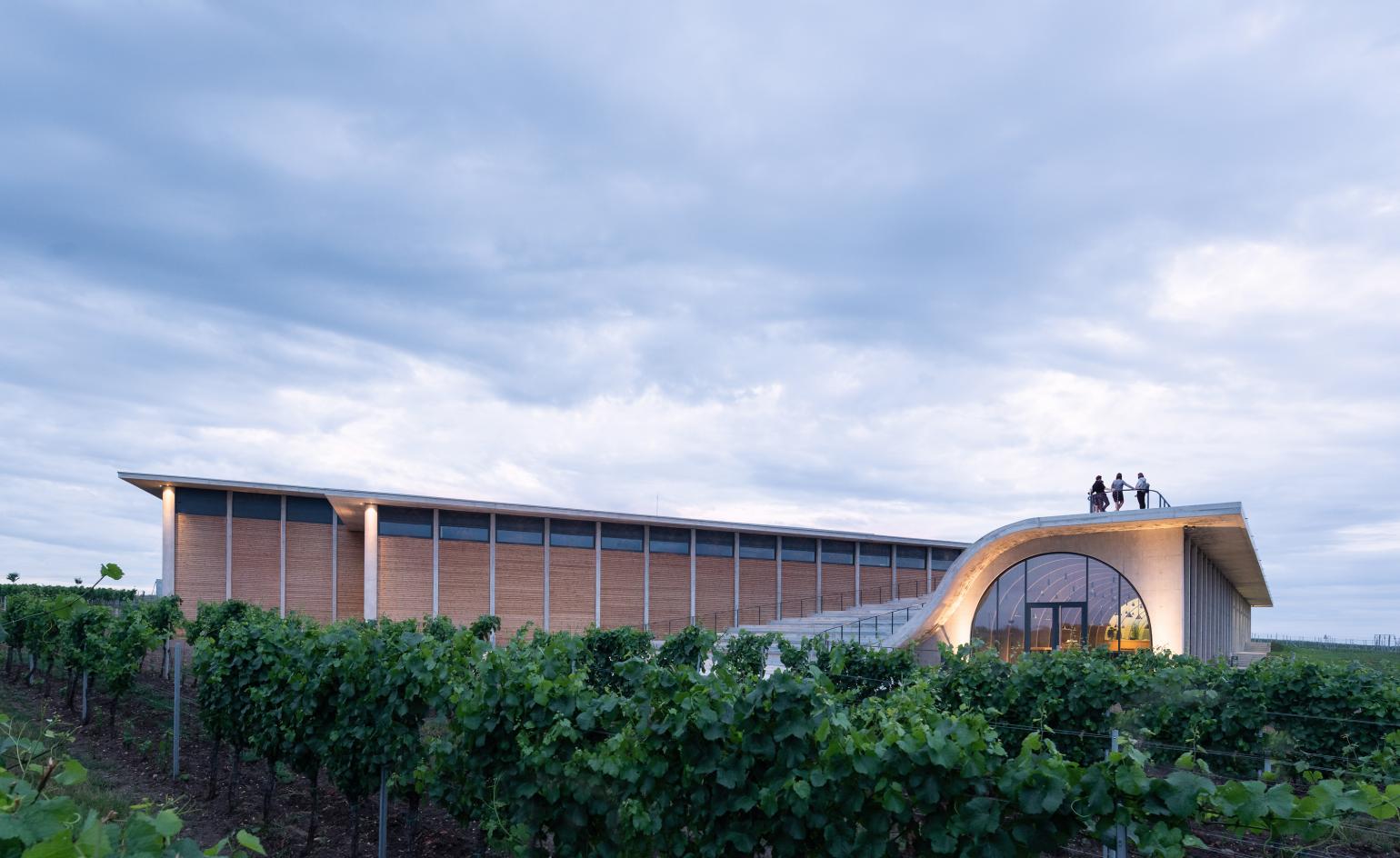
Architecture practice Chybik + Kristof has designed a new building for the Lahofer Winery in the Czech Republic’s historic Moravian wine producing region. Immersed in the landscape, the new design includes a visitor centre, tasting room, offices and production facilities, all interconnected beneath an undulating roof.
Established in 2003 and set over 430 hectares, the winery is one of the largest wine producers in the Czech Republic. Its name derives from the Dobšice artist and woodcarver Jan Lahofer and the business prides itself in combining the local wine traditions with contemporary wine-making processes.
Architects Ondřej Chybík and Michal Krištof, who founded their practice in 2010 and now have offices in Prague, Brno and Bratislava, are often informed by the context and landscape of the site they work with. For the Lahofer Winery design, they responded directly to the topography of the landscape and the local heritage for the design.
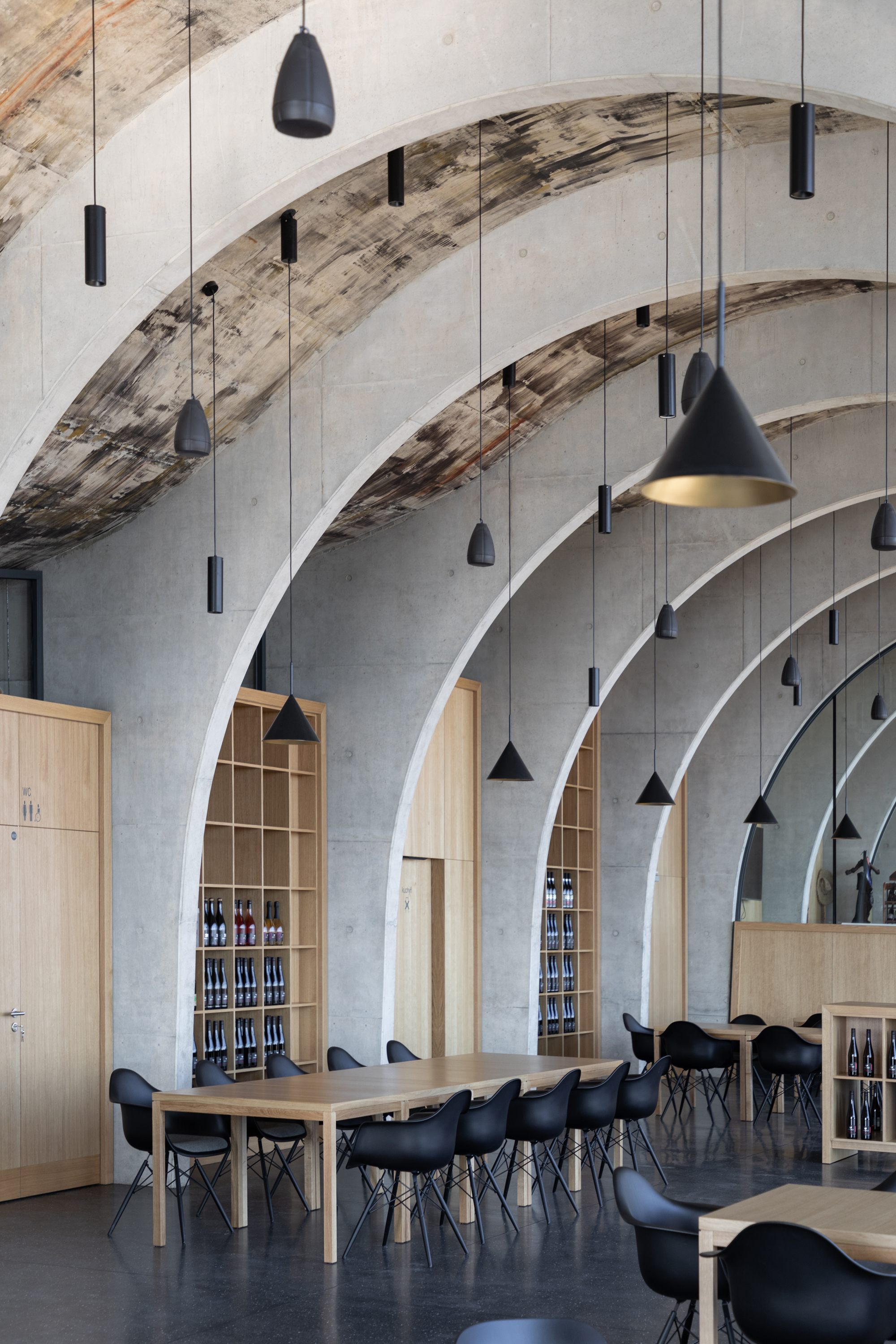
Echoing the traditional wine cellars of the region, the building features a sequence of vaulted beams. While the shapes and general framework might follow historic examples, the materials used show that the design is entirely of its time. A glass facade brings plenty of light into the interior, while the rib construction of the arches is expressed in exposed concrete. The ceiling features an abstract mural painted by Czech contemporary artist Patrik Hábl – the colours are lifted from the earthy reds and blacks of the soil, and the deep browns and beiges of the terroir.
Wine production is housed in two halls of different heights. The first, lower, hall is for wine-making and employee facilities, while the temperature controlled second hall features the wine press, the cellar, and the wine store.
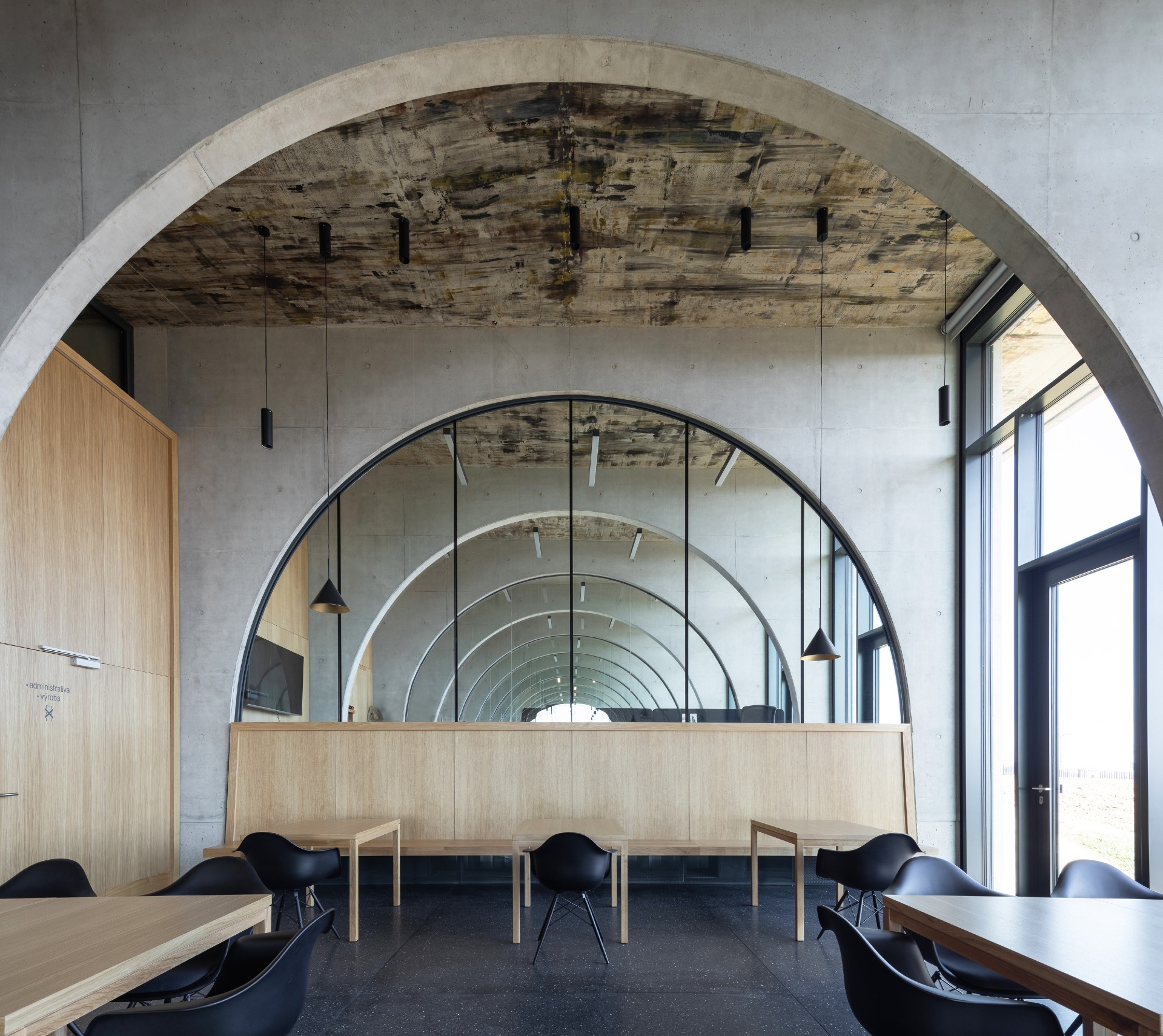
As well as sheltering production functions, the very contemporary addition of the undulating roof, that drapes over the arches, creates a modern vision for the winery as a local cultural hub too. The roof forms an open-air amphitheatre for cultural events, where visitors can climb up to enjoy the views of the surrounding vines or sit to enjoy a musical performance.
Chybík and Krištof explain the concept: ‘The design of the Lahofer Winery is deeply rooted in nature, and in the respect thereof. At a time when culture and nature appear to be antagonistic forces, we envision a space reflective of the longstanding symbiosis between the two in the region – one that profoundly respects the environment on which it rests. The structure unfolds into the native terrain, immerses itself into the surrounding vine rows, thereby preserving the essence and integrity of both soil and culture. Additionally, moving beyond a purely productive viewpoint, we prioritize the visitor experience, notably by allocating the roof as a public space open to local and international visitors – an experience essential to the understanding and appreciation of the wine.'
Wallpaper* Newsletter
Receive our daily digest of inspiration, escapism and design stories from around the world direct to your inbox.
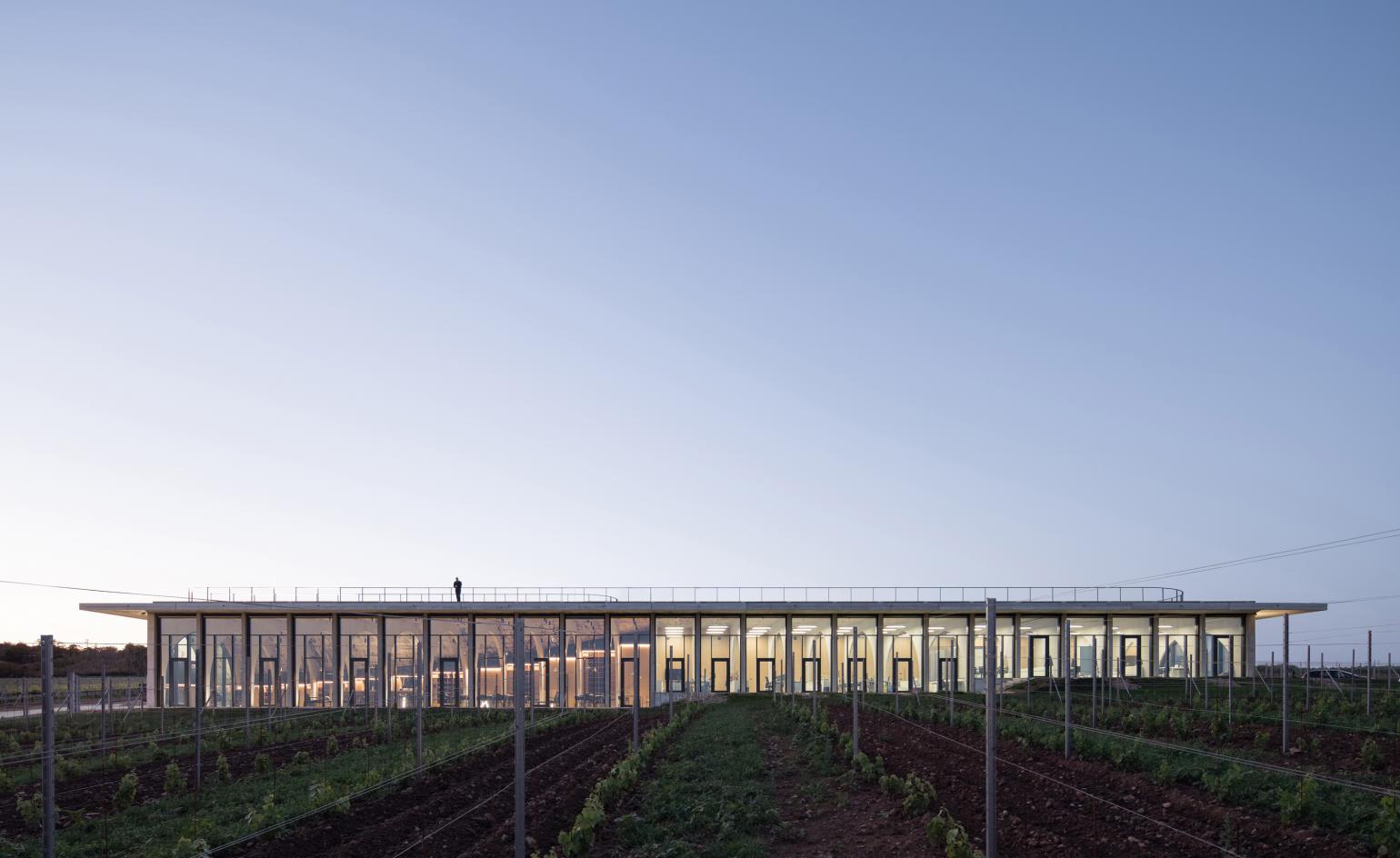
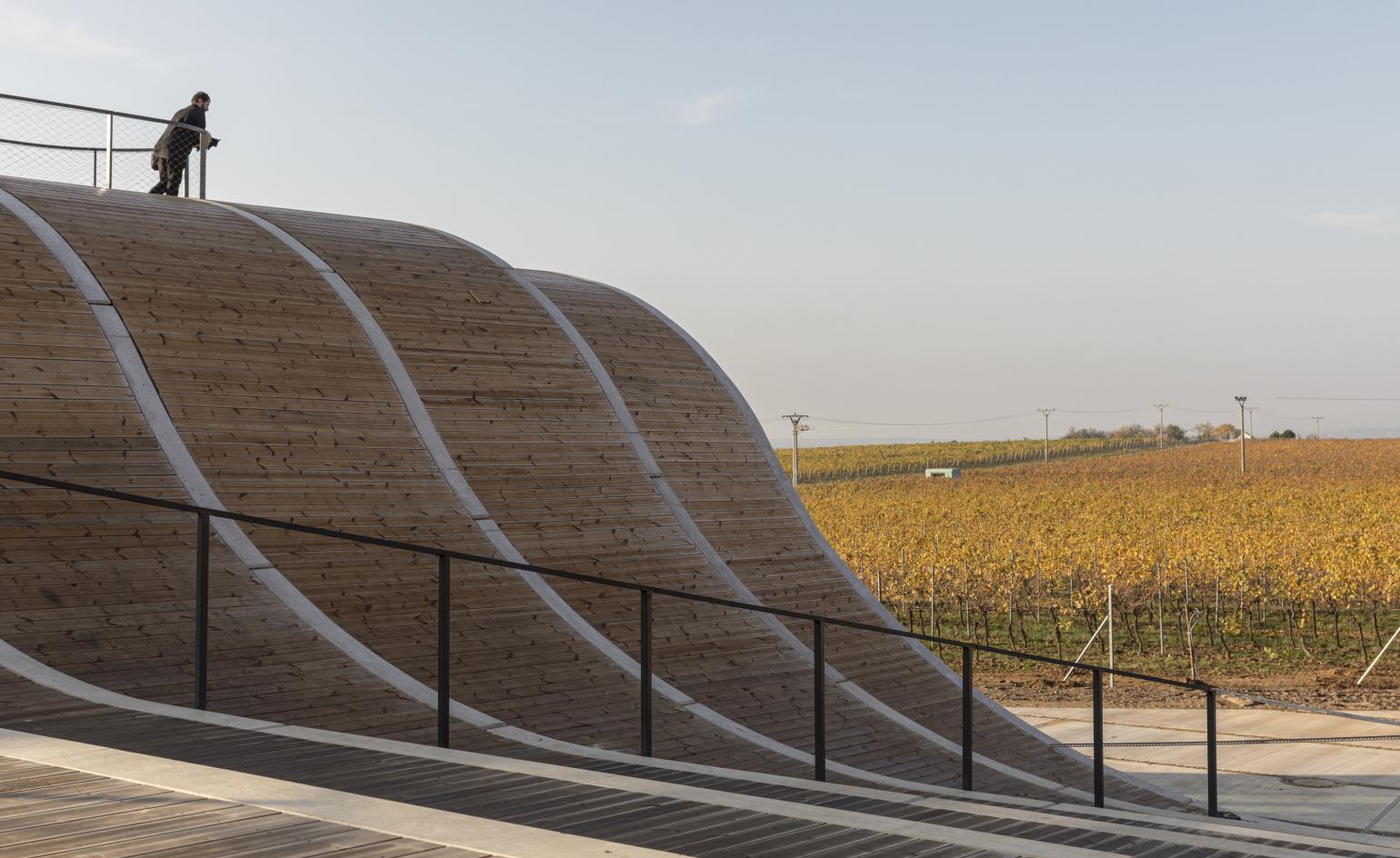
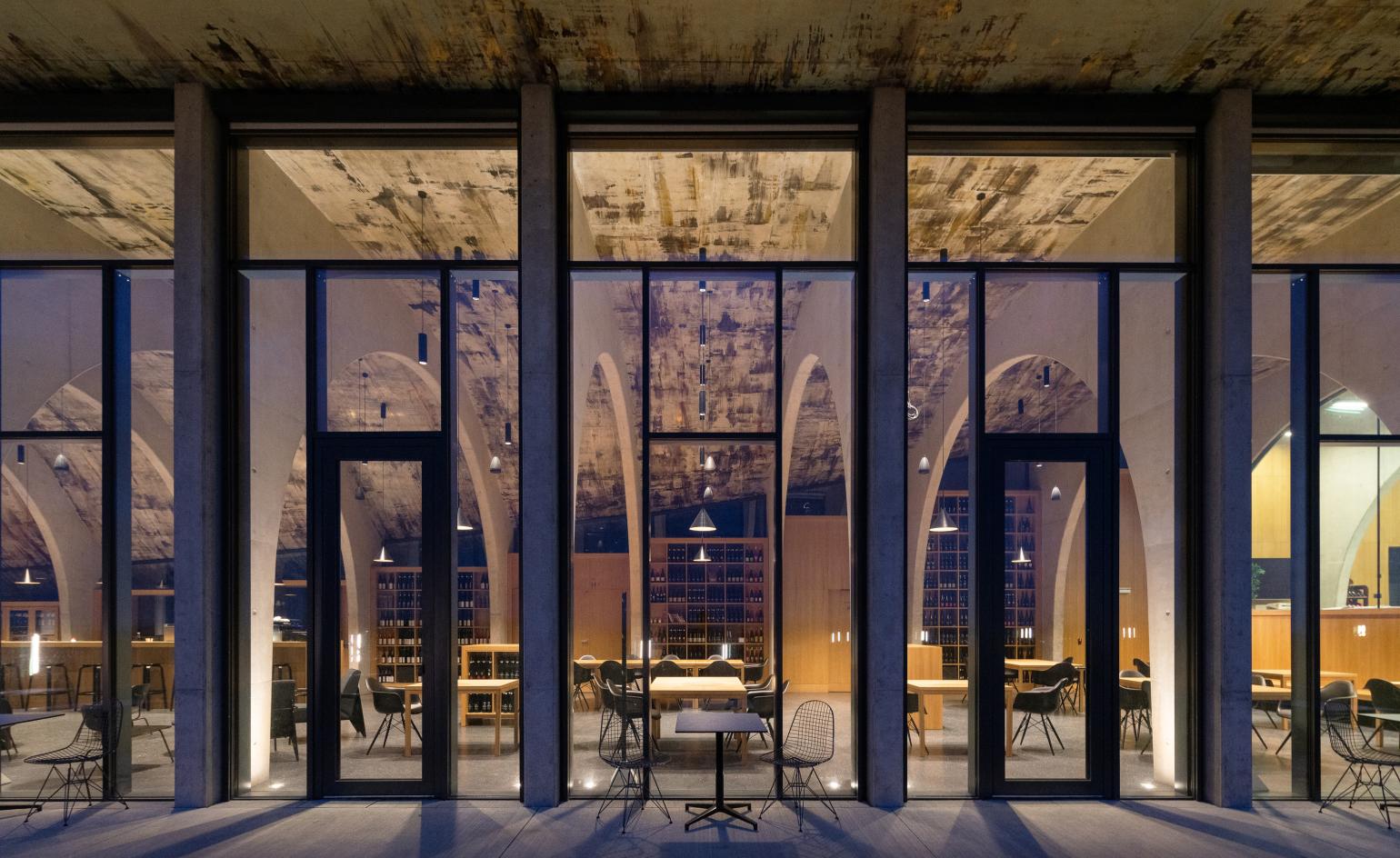
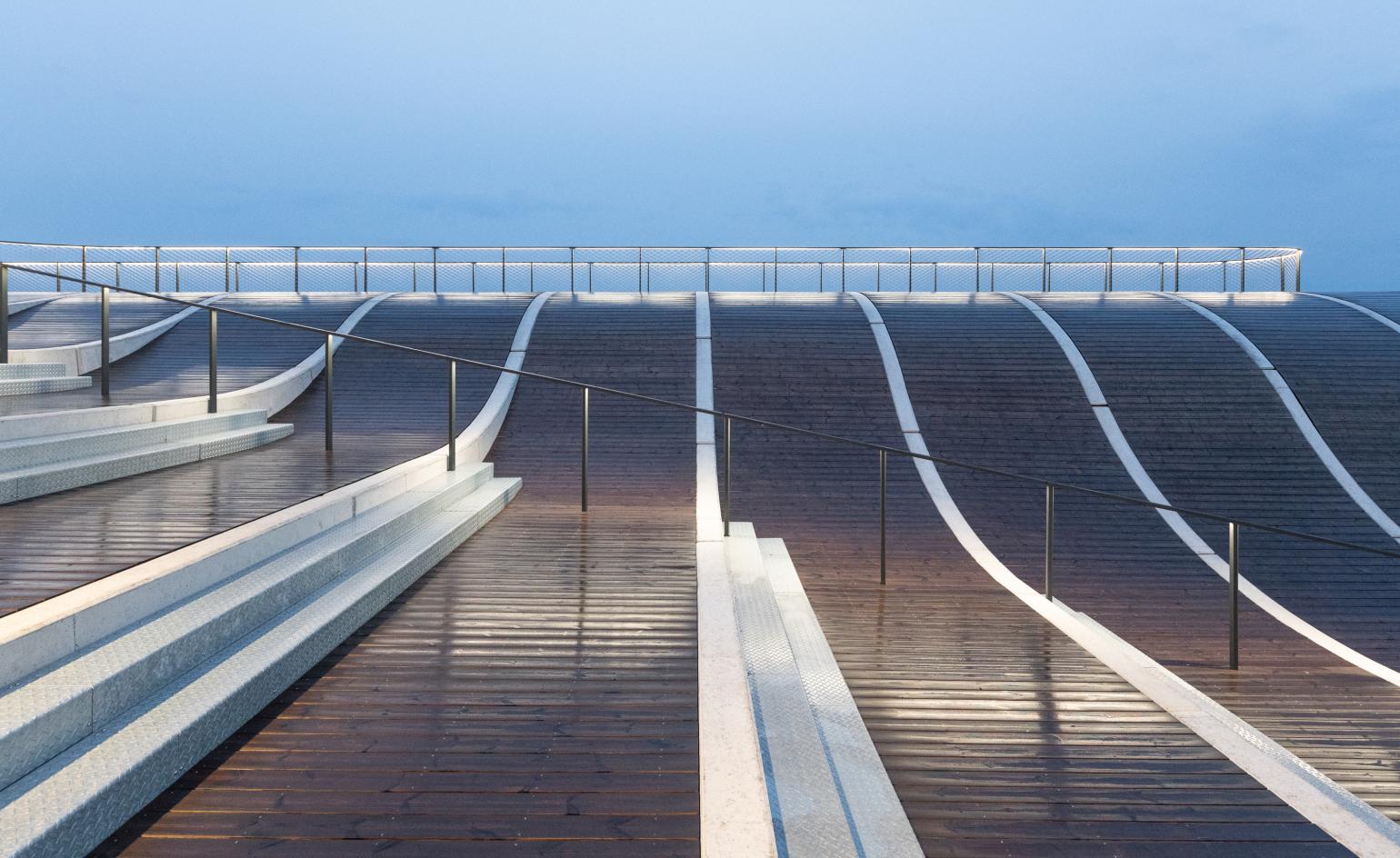


INFORMATION
Harriet Thorpe is a writer, journalist and editor covering architecture, design and culture, with particular interest in sustainability, 20th-century architecture and community. After studying History of Art at the School of Oriental and African Studies (SOAS) and Journalism at City University in London, she developed her interest in architecture working at Wallpaper* magazine and today contributes to Wallpaper*, The World of Interiors and Icon magazine, amongst other titles. She is author of The Sustainable City (2022, Hoxton Mini Press), a book about sustainable architecture in London, and the Modern Cambridge Map (2023, Blue Crow Media), a map of 20th-century architecture in Cambridge, the city where she grew up.
-
 From dress to tool watches, discover chic red dials
From dress to tool watches, discover chic red dialsWatch brands from Cartier to Audemars Piguet are embracing a vibrant red dial. Here are the ones that have caught our eye.
-
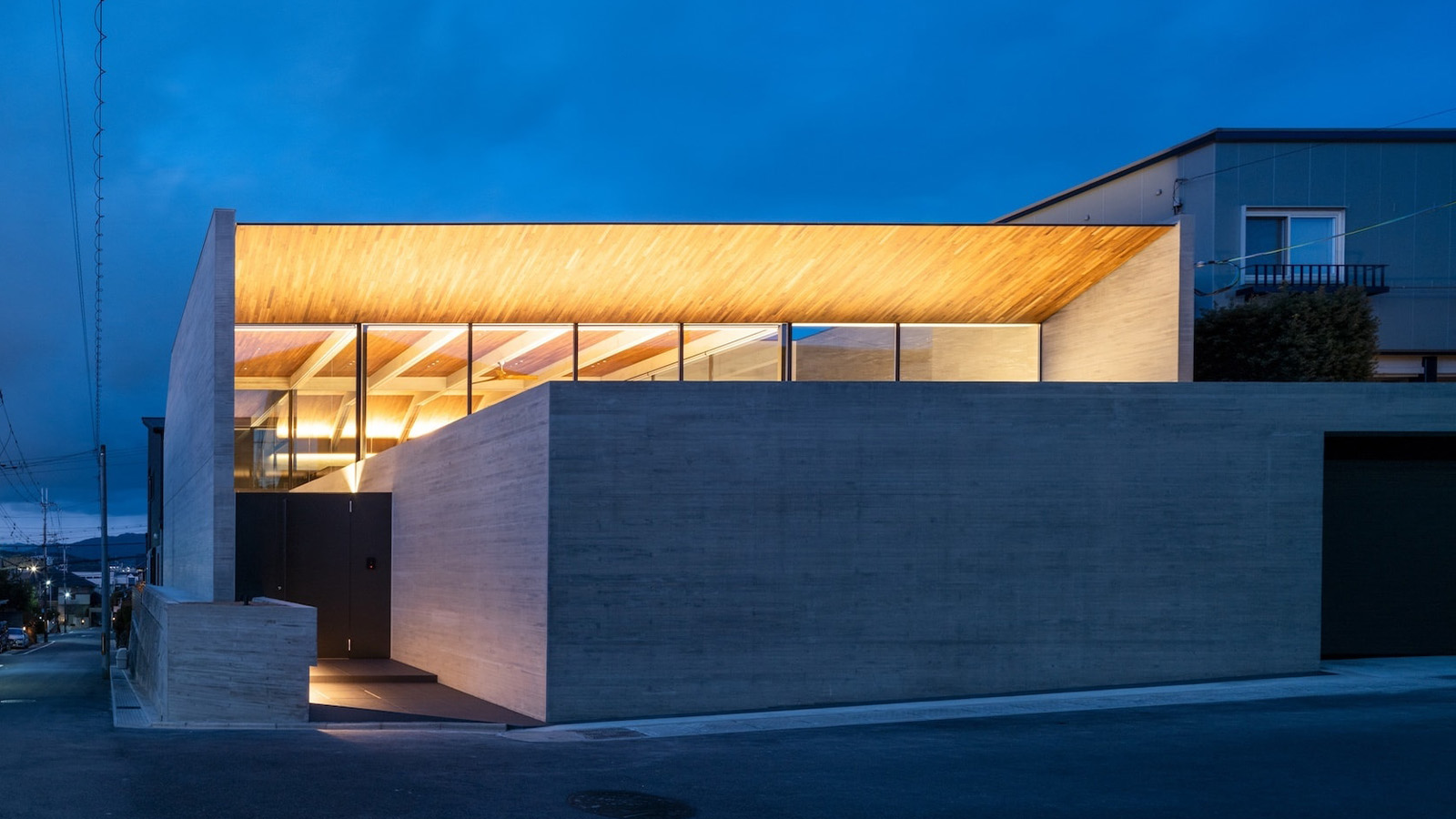 Behind a contemporary veil, this Kyoto house has tradition at its core
Behind a contemporary veil, this Kyoto house has tradition at its coreDesigned by Apollo Architects & Associates, a Kyoto house in Uji City is split into a series of courtyards, adding a sense of wellbeing to its residential environment
-
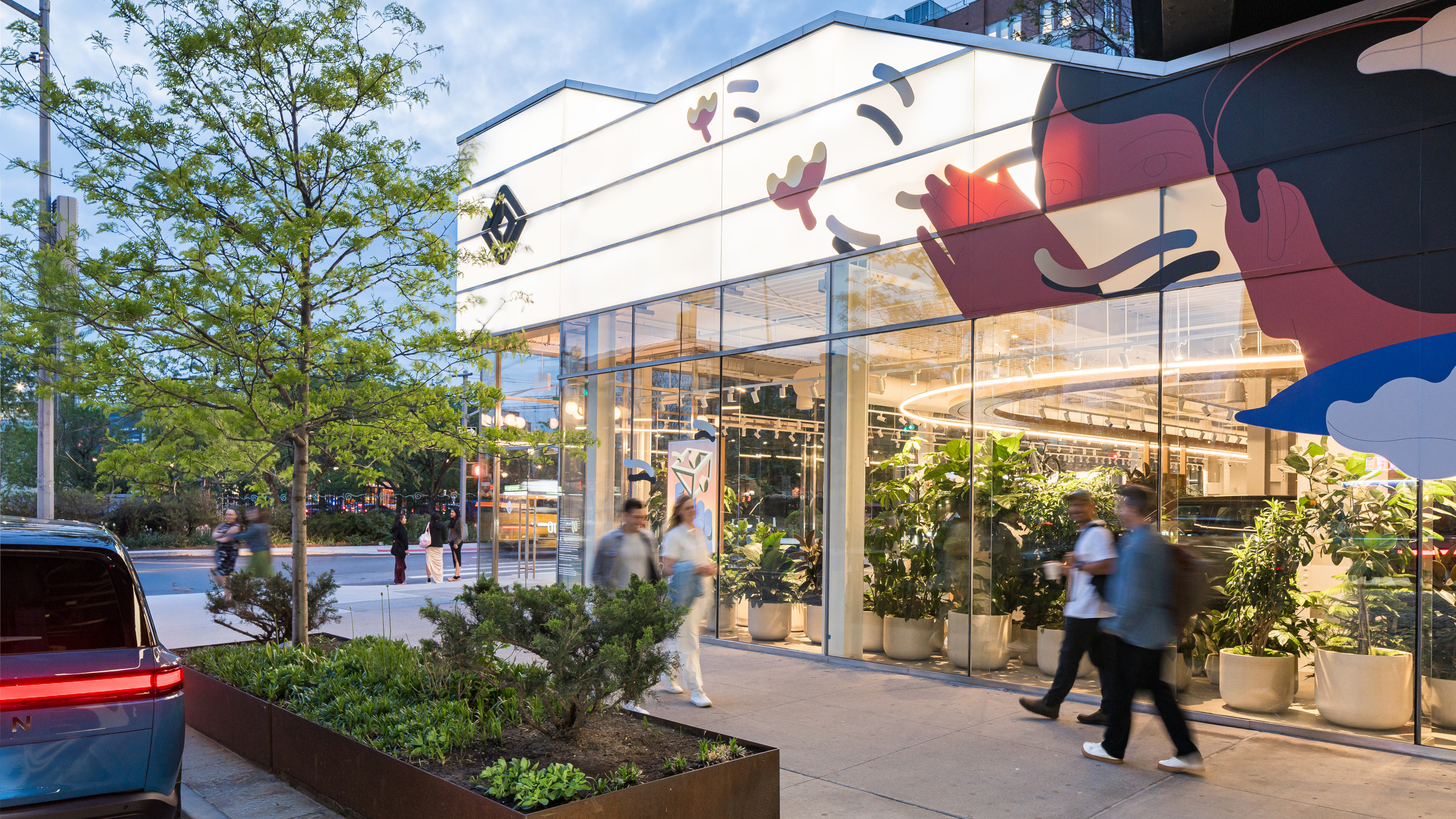 EV maker Rivian creates its first Concept Experience in New York’s Meatpacking District
EV maker Rivian creates its first Concept Experience in New York’s Meatpacking DistrictUnder the High Line, in the heart of one of New York’s most famous neighbourhoods is the Rivian Concept Experience, a showroom designed to surprise and delight both long-term aficionados and total newcomers to the brand
-
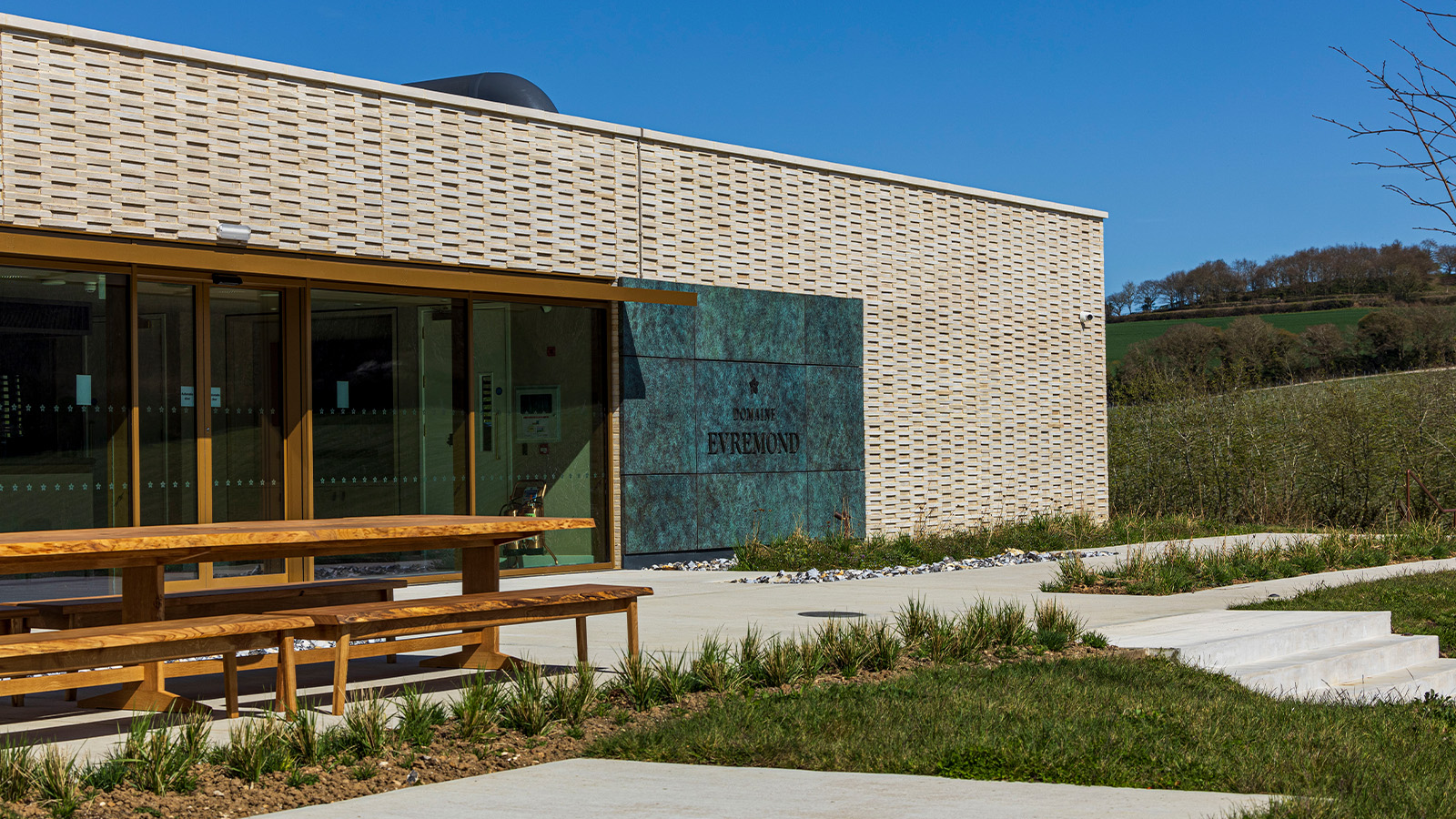 Inside Domaine Evremond, the UK’s first subterranean winery
Inside Domaine Evremond, the UK’s first subterranean winery‘Sparkling wine should be fun.’ We tour Domaine Evremond in Kent, a winery steeped in the English countryside
-
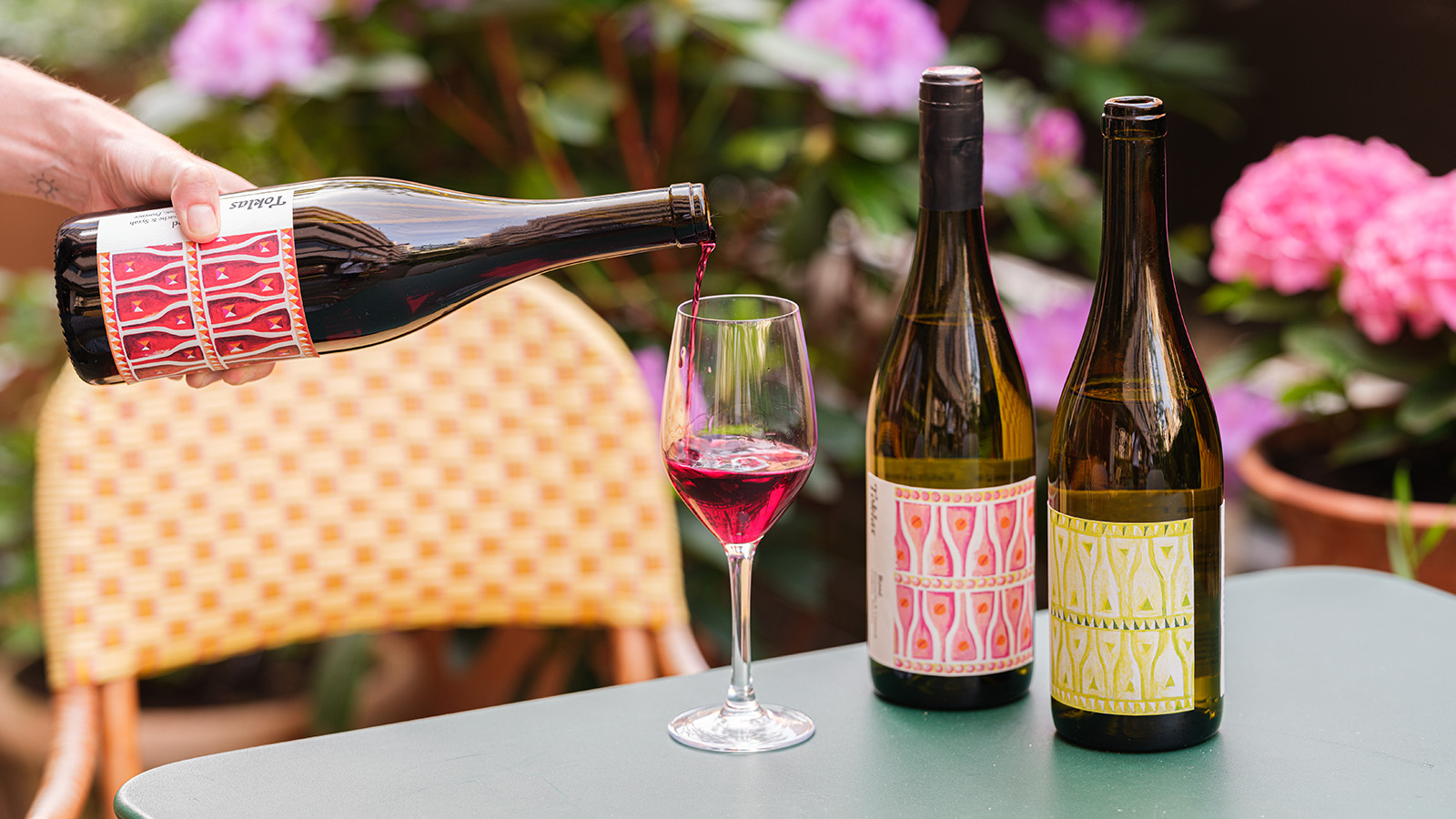 Toklas’ own-label wine is a synergy of art, taste and ‘elevated simplicity’
Toklas’ own-label wine is a synergy of art, taste and ‘elevated simplicity’Toklas, a London restaurant and bakery, have added another string to its bow ( and menu) with a trio of cuvées with limited-edition designs
-
 Château Galoupet is teaching the world how to drink more responsibly
Château Galoupet is teaching the world how to drink more responsiblyFrom reviving an endangered Provençal ecosystem to revisiting wine packaging, Château Galoupet aims to transform winemaking from terroir to bottle
-
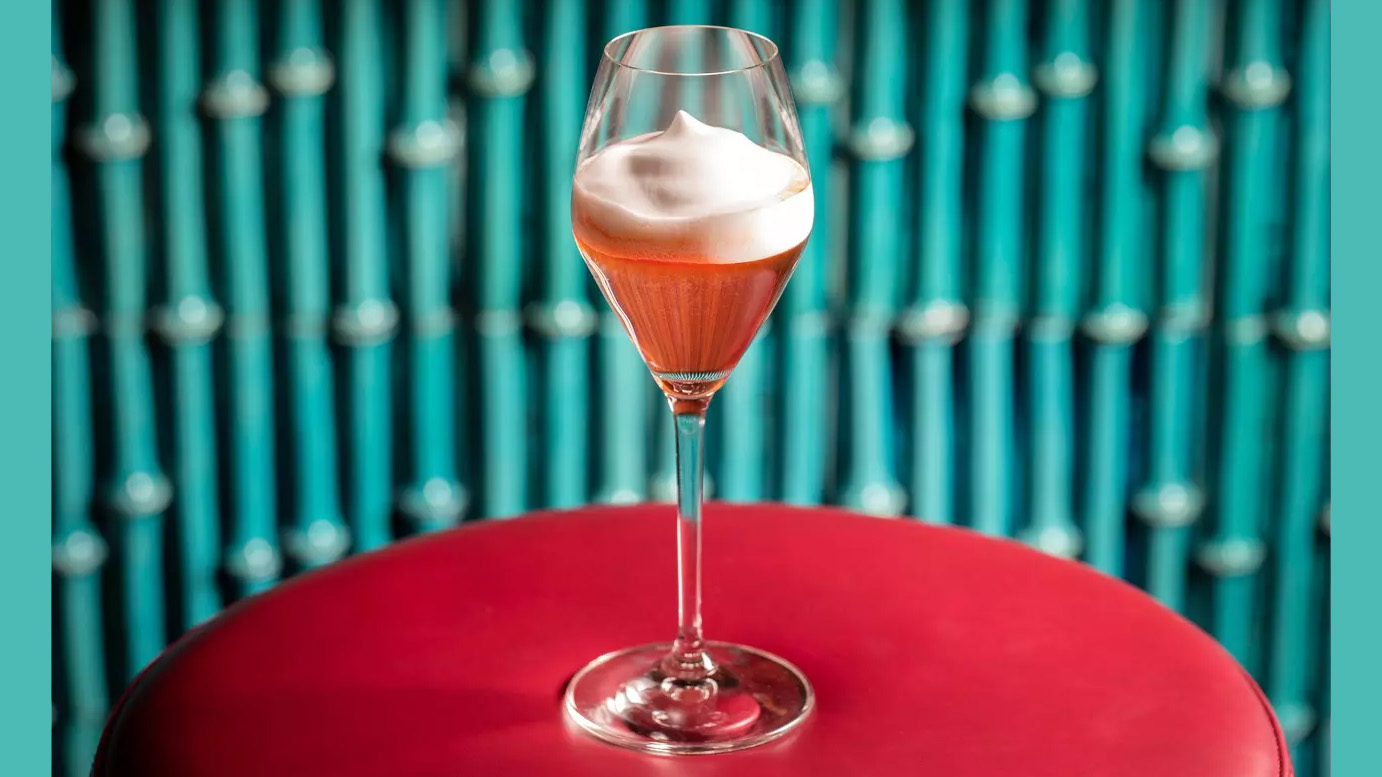 London’s most refreshing summer cocktail destinations
London’s most refreshing summer cocktail destinationsCool down in the sweltering city with a visit to London’s summer cocktail destinations
-
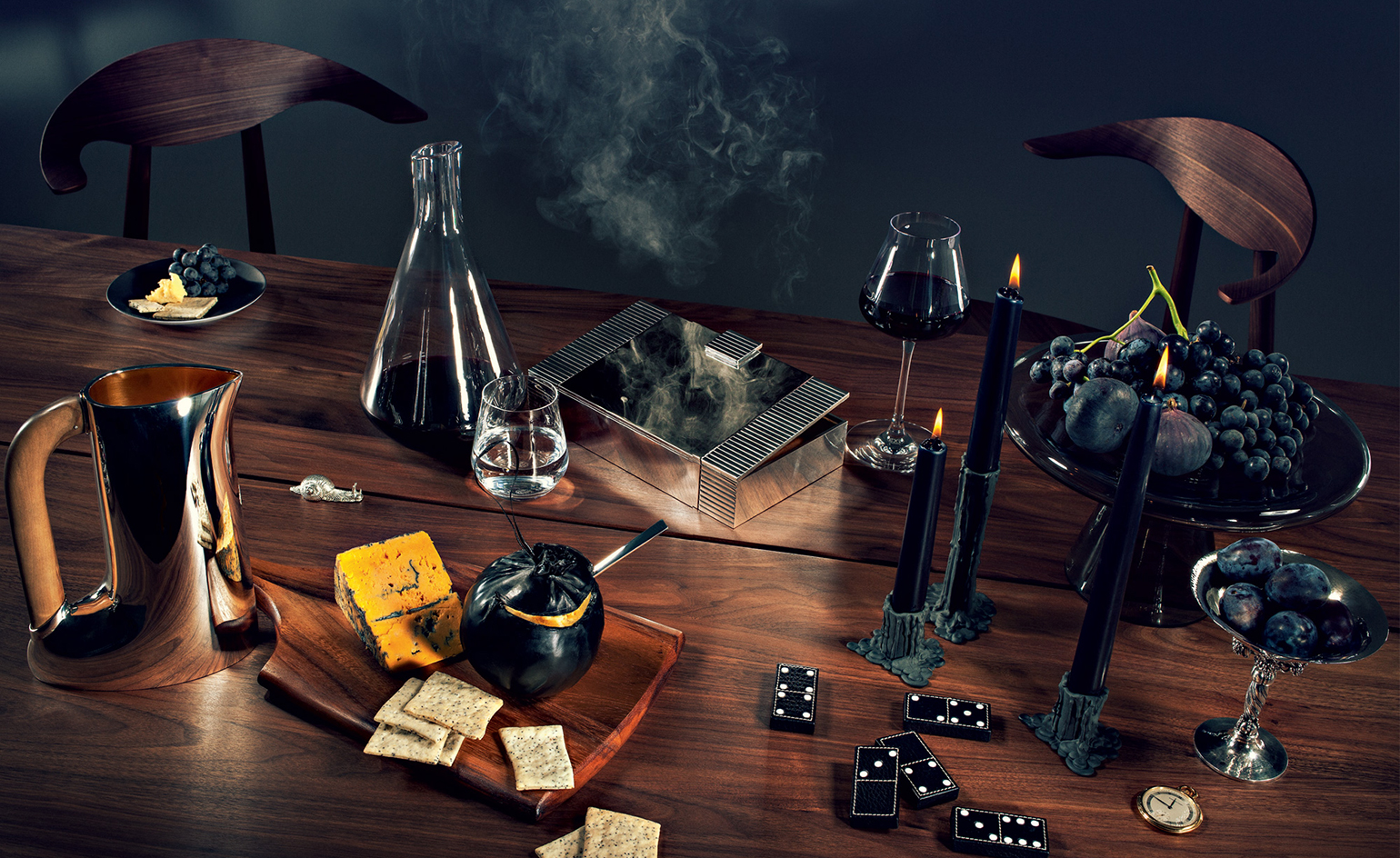 Learn how to curate a simple cheese board with perfect port pairings
Learn how to curate a simple cheese board with perfect port pairingsThe experts at artisan cheesemonger Paxton & Whitfield share tips for curating a simple but sophisticated cheese board, with port and cheese pairings for every taste
-
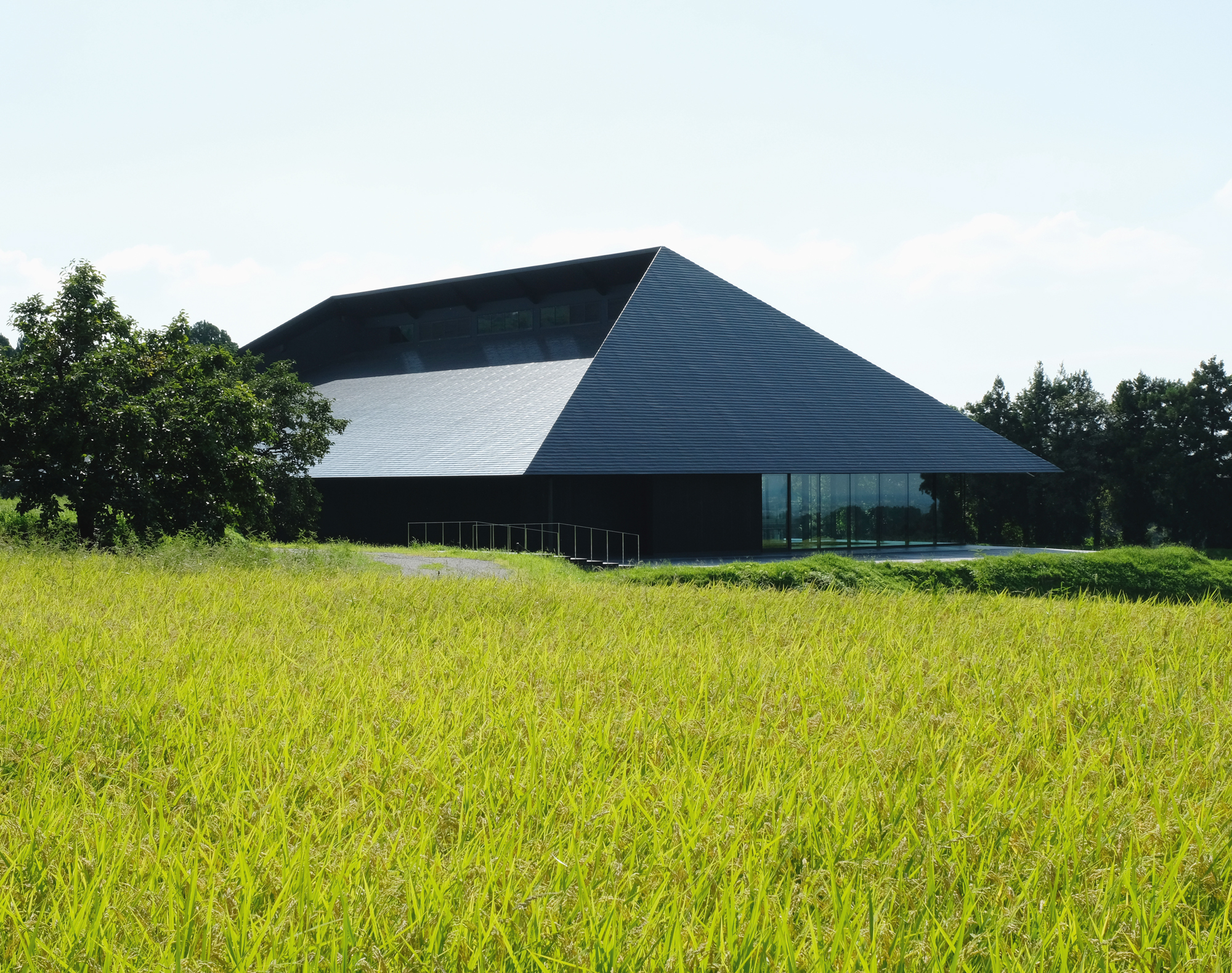 IWA sake brewery by Kengo Kuma is Best Roofscape: Wallpaper* Design Awards 2022
IWA sake brewery by Kengo Kuma is Best Roofscape: Wallpaper* Design Awards 2022IWA sake brewery in Japan, by Kengo Kuma & Associates, scoops Best Roofscape at the Wallpaper* Design Awards 2022
-
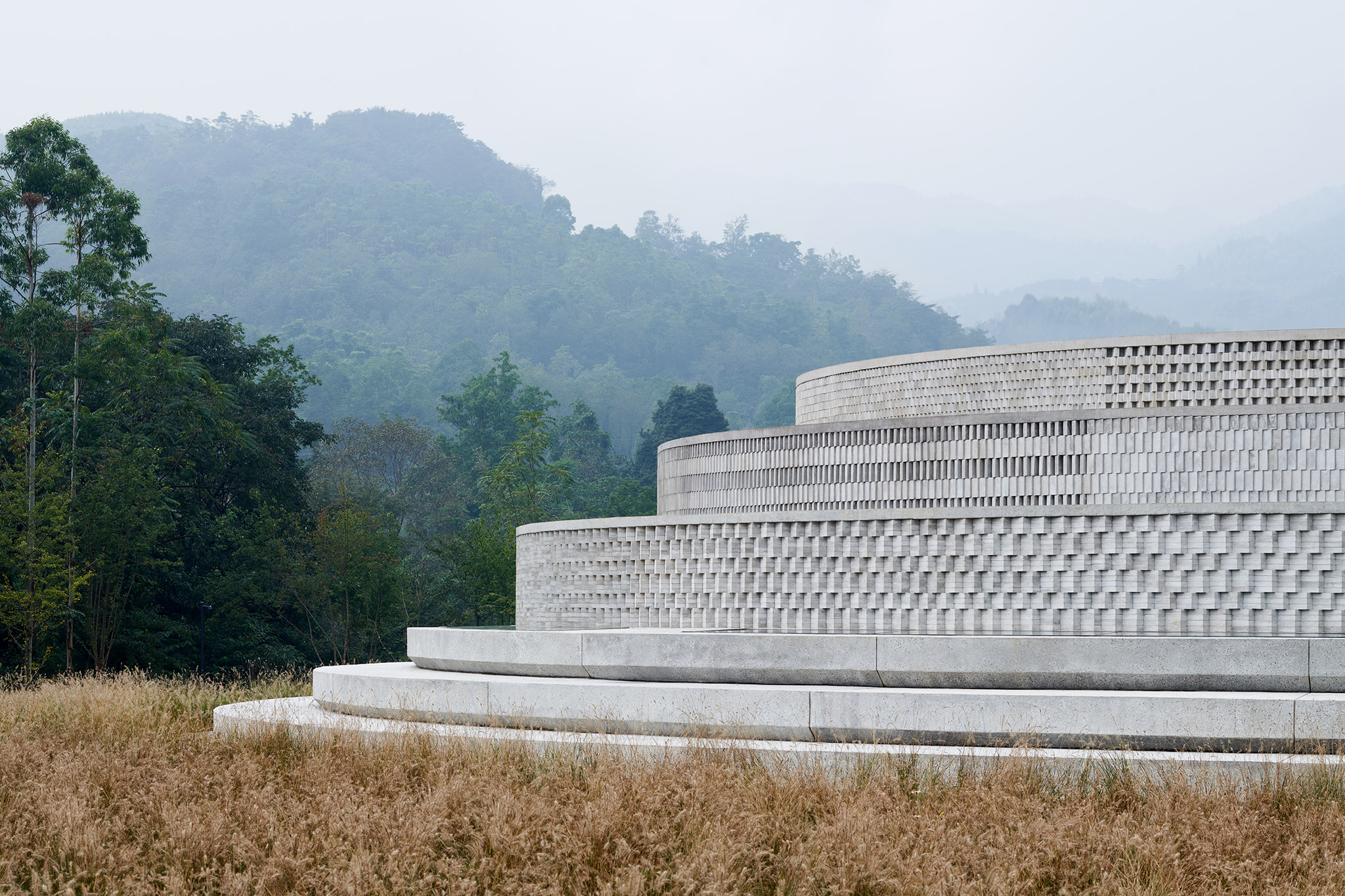 The Chuan Malt Whisky Distillery by Neri & Hu offers a twist on Chinese tradition
The Chuan Malt Whisky Distillery by Neri & Hu offers a twist on Chinese traditionNeri & Hu designs headquarters for The Chuan Malt Whisky Distillery in China's Sichuan province
-
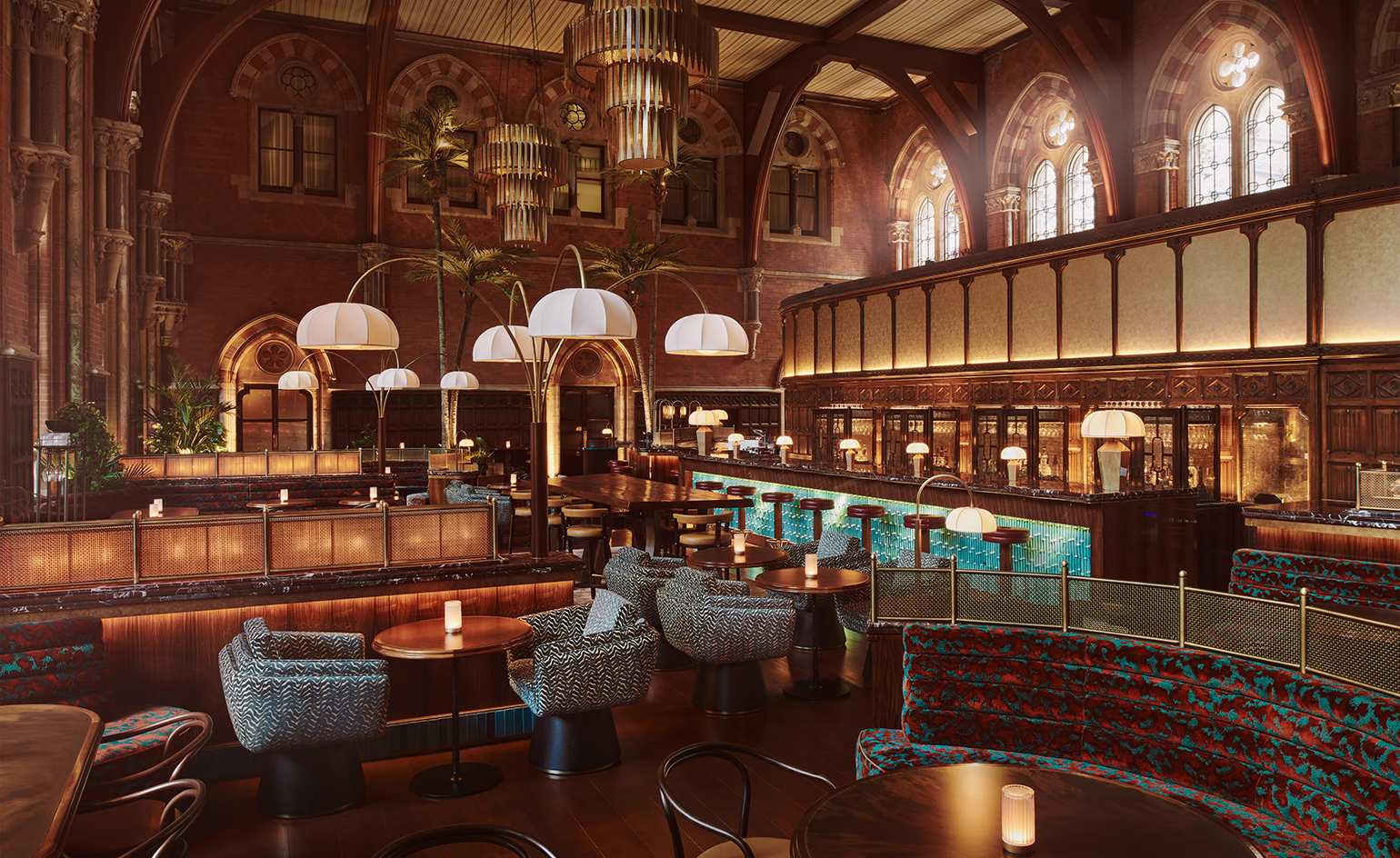 St Pancras Renaissance Hotel opens Booking Office 1869 restaurant
St Pancras Renaissance Hotel opens Booking Office 1869 restaurantBooking Office 1869 restaurant, at the St Pancras Renaissance Hotel, is set to become a new London hotspot. Developer Harry Handelsman and designer Hugo Toro tell us about its creation